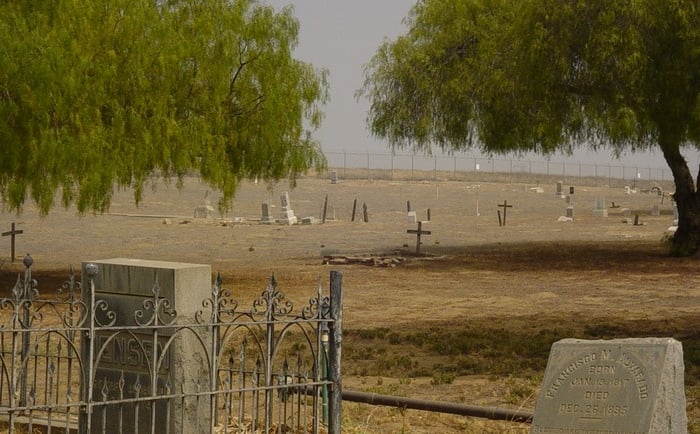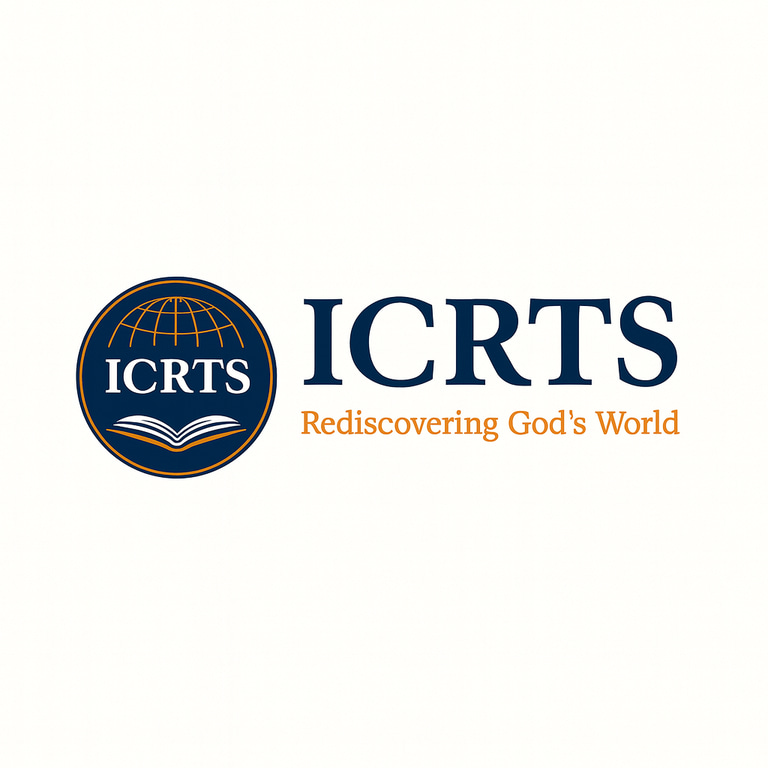Resurrecting Memory: A Day at Agua Mansa Pioneer Cemetery
This blog explores a personal experience volunteering at Agua Mansa Pioneer Cemetery, the last visible remnant of a 19th-century settlement in Colton, California. As part of a preservation project led by the San Bernardino County Museum and Cal State San Bernardino, I assisted in uncovering buried headstones and had the rare opportunity to view the restored chapel and interpretive exhibits. Blending historical insight with reflection, this post highlights how archaeology, memory, and public history come together to honor a nearly forgotten community.
Alex Jaramillo, M.A.R., M.A.T.S.
6/29/20254 min read


Unearthing the Past Through Personal Participation
Tucked away along the Santa Ana River in Colton, California, the historic Agua Mansa Pioneer Cemetery stands as one of the few visible remnants of a long-vanished 19th-century settlement. It’s a place of wind-worn gravestones and layered histories, where memory and meaning are being slowly unearthed—both literally and figuratively. Once dismissed, vandalized, and nearly forgotten, Agua Mansa has found new life through preservation efforts—and I was fortunate to witness part of that work firsthand.
In November 2024, during my time volunteering with the San Bernardino County Museum’s Anthropology Department, I was invited to participate in a seasonal archaeological survey at Agua Mansa. The project, in collaboration with California State University, San Bernardino, aimed to restore and document the cemetery for historical preservation. Alongside the small team of volunteers, I spent the day digging, sifting, and carefully brushing away layers of time around weathered grave sites. Our task was sobering: uncovering and identifying buried headstones that had been swallowed by decades of sediment, rain damage, and neglect.
Inside the Restored Chapel and Interpretive Exhibit
In addition to working in the field, I was given rare access to the cemetery’s newly relocated and replicated chapel—restored by the San Bernardino County Museum and its partners. The chapel, though moved from its original footprint, now sits restored within the cemetery grounds. Inside, I viewed curated displays that included articles and objects uncovered during past archaeological work. The chapel has been transformed into an interpretive exhibit, anchoring Agua Mansa’s sacred and historical dimensions in tangible ways. Seeing that space—part museum, part memorial—underscored how preservation work is as much about honoring the dead as it is about educating the living.
The emotional weight of that day has stayed with me. There’s a certain gravity in touching earth that has kept silent witness over generations. These weren’t just names or numbers—they were lives, memories, and voices once anchored in this valley. Being part of the team responsible for bringing some of that history back into view stirred something solemn in me. It forced a confrontation with how easily we let memory erode.
A Community Washed Away, a Cemetery Remains
Agua Mansa was once one of the first non-native settlements in the San Bernardino Valley, founded by New Mexican colonists around 1845. It quickly grew into a flourishing agricultural community until the devastating flood of 1862 swept away nearly all of it. Today, the cemetery is the only significant physical remnant of that vanished village.[1] The site includes the final resting places of prominent settlers like Don Lorenzo Trujillo, a leader of the New Mexican migrants, as well as veterans, children, and local clergy. The chapel and grave markers reflect a blend of Catholic, Hispanic, and frontier identities, all embedded in California’s layered past.
From Desecration to Redemption
While Agua Mansa has long carried historical significance, it hasn’t always been respected. The cemetery suffered repeated vandalism and disrepair throughout the late 20th century. In a confession I share with discomfort, I attended a local high school not far from the cemetery—and like many students, I once participated in a so-called “ditch party” there during my freshman year. What was treated lightly then—students drinking, playing with Ouija boards, mocking the folklore of a “haunted” cemetery—I now see as a painful symptom of cultural forgetfulness. The very site where early settlers, veterans, and children were laid to rest became an object of desecration and legend, rather than reverence and learning.
The Historian’s Role in Preservation
That’s what made this archaeological project so redemptive. Under the guidance of the museum and in collaboration with professionals, the team used ground-penetrating radar, artifact recovery methods, and historical research to map and restore grave sites.[2] I had the privilege of working closely with a historical archaeologist who emphasized the crucial role historians play—not just anthropologists—in interpreting material findings. Her insight reminded me that preserving the past isn't just about digging it up. It’s about understanding it and telling its story rightly.
As of 2024, the San Bernardino County Museum secured over $1 million in funding to rehabilitate the cemetery, with goals of opening it to the public and developing educational exhibits.[3] A digital archive and on-site interpretive panels are in development, designed to share Agua Mansa’s history with future generations. For me, the experience underscored the deep connection between place, memory, and historical justice.
Conclusion: Memory, Meaning, and Moving Forward
We often think of historical preservation as the work of institutions or professionals. But as I learned that day, it’s also something personal. It’s about reckoning with our own pasts—our indifference, our ignorance, even our youthful disrespect—and choosing to take part in something better. Agua Mansa is no longer just a haunted site for teenage entertainment; it’s a sacred space of memory, identity, and redemption. And I’m grateful for the experience that I had that day in helping to uncover it.
Endnotes
Special Note: Source citation was provided only for what seemed absolutely necessary to the author. Most of the information regarding the history of the Agua Mansa Pioneer Cemetery can be found via a simple Google search.
[1] National Park Service. “Agua Mansa Pioneer Cemetery.” U.S. Department of the Interior. Accessed June 28, 2025. https://www.nps.gov/places/agua-mansa-pioneer-cemetery.htm.
[2] San Bernardino County Museum. “Historic Agua Mansa Pioneer Cemetery Getting a Much-Needed Facelift.” San Bernardino County Museum News. June 2024. https://museum.sbcounty.gov/historic-agua-mansa-pioneer-cemetery-getting-a-much-needed-facelift/.
[3] IECN Staff. “Historic Agua Mansa Pioneer Cemetery Reopens After $1.059M Rehabilitation.” Inland Empire Community News, May 30, 2024. https://iecn.com/historic-agua-mansa-pioneer-cemetery-resting-place-of-early-settlers-in-colton-reopens-after-1-059m-rehabilitation/.
